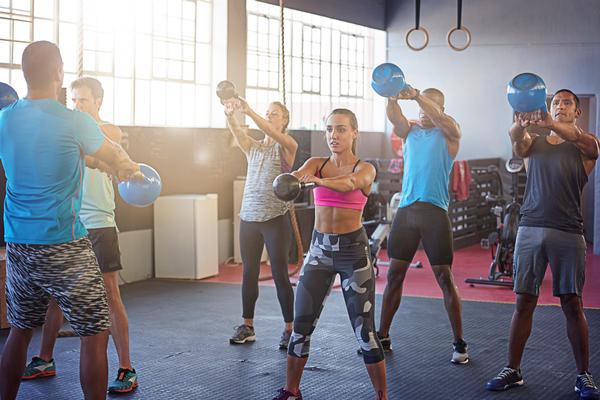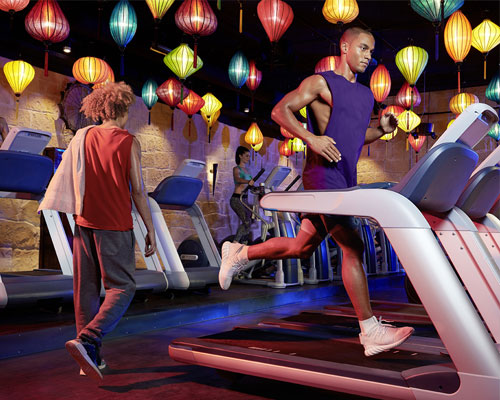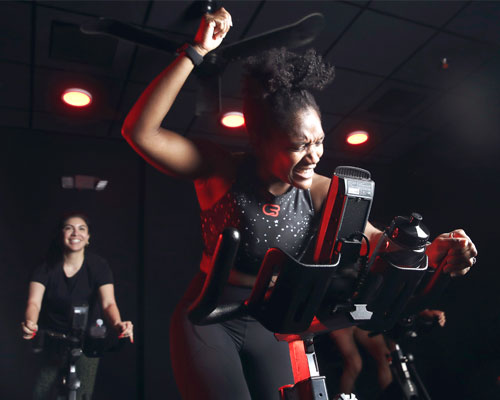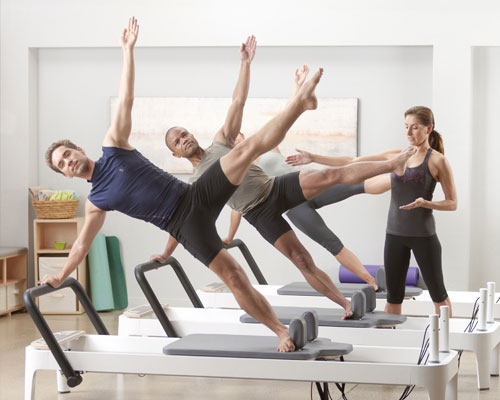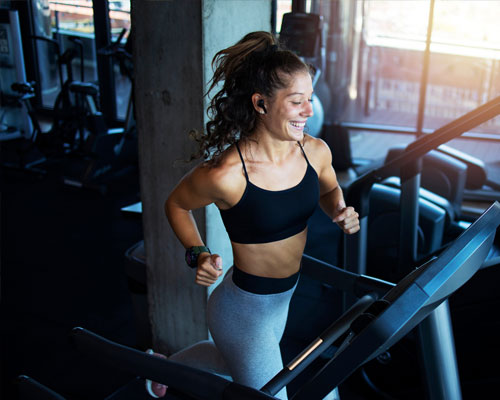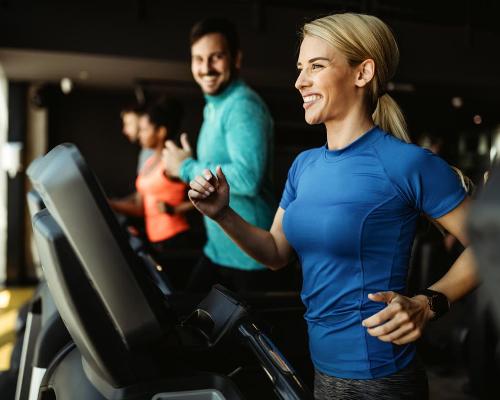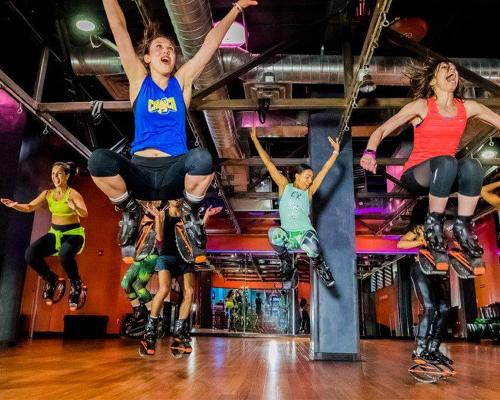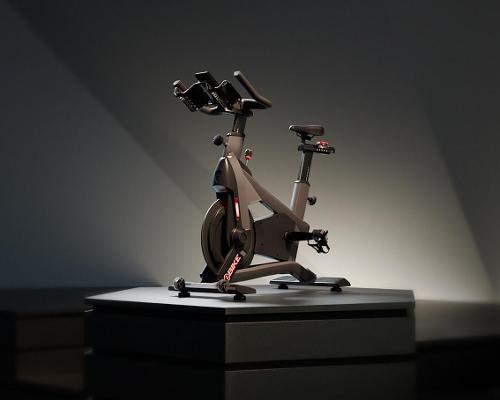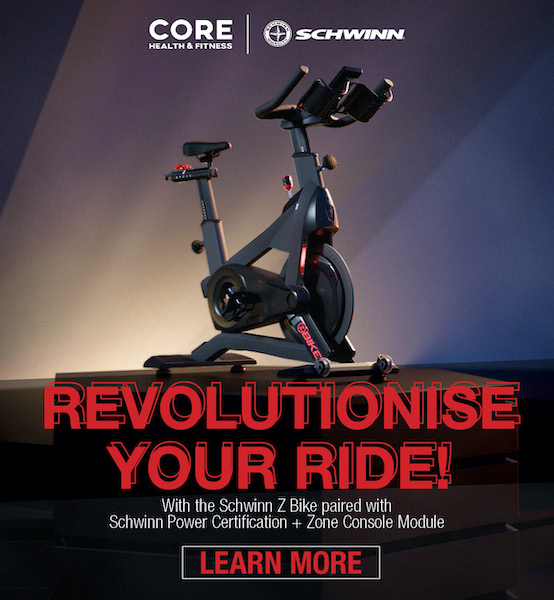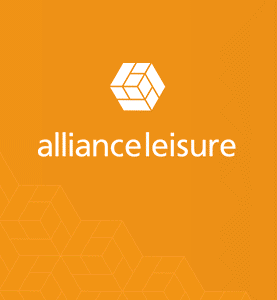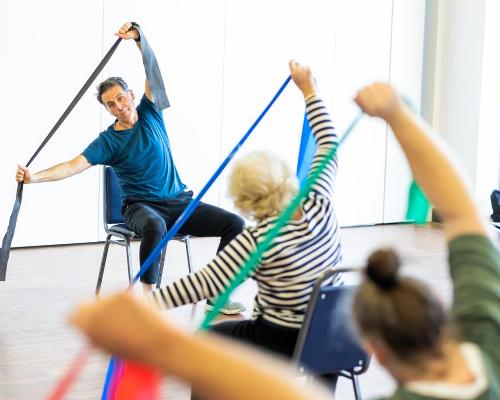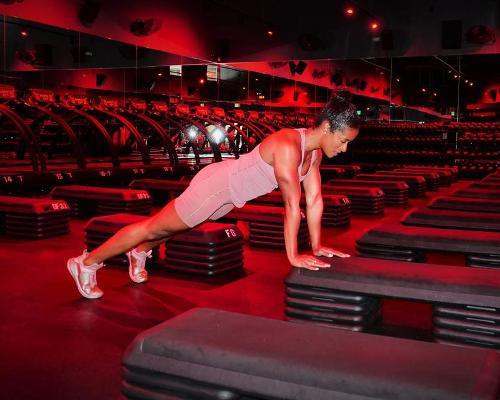features
Science snapshots
We round up some of the latest research in the area of health, fitness and wellbeing
AEROBIC ADVANTAGE
Physical activity has been shown to increase brain volume and reduce age-related brain deterioration, but what are the effects of different types of exercise? Dr Miriam Nokia, a research fellow at the University of Jyvaskyla, Finland, specifically examined adult hippocampal neurogenesis (AHN) – the creation of new brain cells in an adult brain – against two anaerobic forms of exercise: resistance training and high intensity interval training (HIIT).
“The majority of studies have looked at how aerobic exercise affects AHN,” Dr Nokia said. “We wanted to also study the effects of anaerobic exercise and HIIT training, as these forms of physical activity are very popular among humans.”
Eighty-eight rats were divided into four groups: one group ran at will on a running wheel; the ‘resistance’ group climbed a wall with weights attached to their tails; the HIIT group alternated between a 3-minute sprint and a 2-minute walk on treadmills for a total of 15 minutes of sprinting; and the control group was sedentary.
After seven weeks, the running group showed a much higher level of neurogenesis than the sedentary group, whereas the anaerobic group showed no difference from the sedentary group. Interestingly, the HIIT group showed a much lower level of neurogenesis than the running group.
“According to our current results, voluntary and sustained aerobic exercise is most beneficial for the brain, at least in terms of adult hippocampal neurogenesis,” Dr Nokia confirmed. “It was surprising that the effects of HIIT and resistance training on AHN were so modest.”
As similar changes in blood flow take place in the hippocampi of both rodents and humans, it’s plausible that aerobic exercise would be most beneficial for AHN.
*Nokia M.S., et al. Physical exercise increases adult hippocampal neurogenesis in male rats provided it is aerobic and sustained. The Journal of Physiology. Vol. 594, Issue 7, 2016
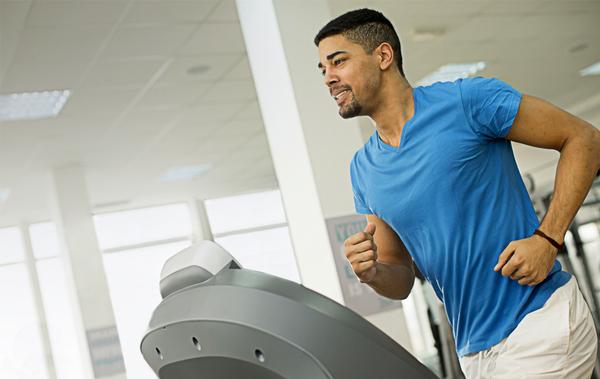
TACKLING MENTAL HEALTH
Good cardiorespiratory fitness (CRF)levels could help prevent early deaths among men who suffer from depression, according to the results of a new study led by Mei Sui of the University of South Carolina in Columbia, US.
Sui’s team looked into a dataset collected by Cooper Clinic in Dallas between 1987 and 2002 documenting preventive health examinations conducted on more than 43,000 men during the 15-year period.
Participants completed an extensive medical examination and were followed for all-cause mortality through to 2003. Their cardiorespiratory fitness levels were measured while running on a treadmill until exhaustion.
Focusing on 5,240 study participants recorded as sufferers of “emotional distress”, such as depression, anxiety and a history of psychiatric or psychological counselling, Sui found that those with at least moderate cardiovascular fitness were 46 per cent less likely to die of any cause during the study than those with the lowest recorded fitness levels. Those in the highest fitness group were 53 per cent less likely to die early.
Sui’s final report* concluded that, among men with emotional distress, higher CRF can be associated with a lower risk of dying, independent of other clinical mortality predictors. Furthermore, as even moderate fitness levels were associated with a lower risk of dying, prescribing exercise to those with mental health issues, especially depression and anxiety, could dramatically reduce early deaths.
“Our findings underscore the importance of promoting physical activity to maintain a healthy level of CRF in individuals with emotional distress,” said Sui.
She added that exercise could also help with other issues: “Medication to treat mental problems is not only expensive, but also comes with significant side effects such as weight gain. Identifying modifiable factors that are beneficial to those with emotional distress has important clinical and public health applications. This significant strong inverse association between high levels of fitness and longevity in men with emotional distress is particularly interesting. Clearly, lifestyle behaviour interventions to increase fitness levels could help those with emotional distress.”
*Sui X., et al. Cardiorespiratory Fitness and All-Cause Mortality in Men With Emotional Distress. Mayo Clinic Proc, June 2017.
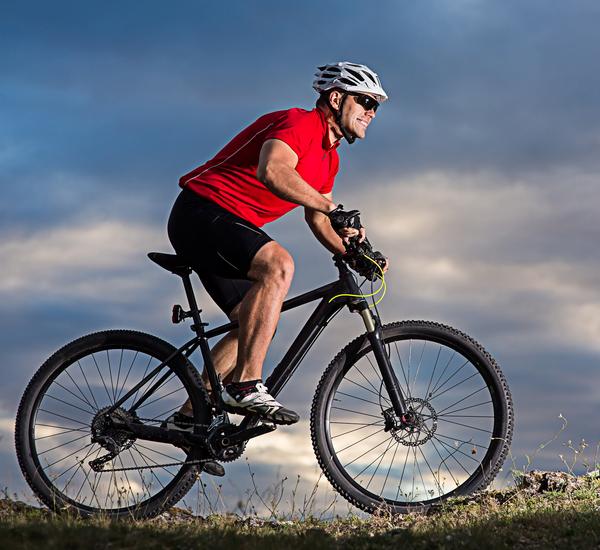
GUT REACTION
During or after a workout, people with asthma can experience a narrowing of the airways, bringing on unpleasant and sometimes fatal symptoms – shortness of breath, wheezing, coughing and a tightening of the chest – effectively treated but not cured by drug therapies.
But now sports scientists at Nottingham Trent University (NTU) in the UK have found that a prebiotic supplement may significantly reduce airway inflammation.
Eighteen physically active adults with asthma took part in a three-week study: 10 took prebiotic supplement B-GOS (feeds good bacteria in the gut so that it multiplies and takes over bad bacteria), whereas eight took a placebo (control group).
At the end of the study, all participants took a hyperventilation test to evaluate exercise-induced asthma and gave a blood sample to measure circulating markers of inflammation in the airways.
Both the severity of exercise-induced asthma and the blood markers were significantly reduced in the B-GOS group. In some cases, B-GOS “completely abolished” the increase in some markers usually associated with airway constriction following exercise.
Although greater sample sizes are required, the findings do provide further evidence of the importance of microbes in the gut on health and disease.
Dr Neil Williams, a lecturer in exercise physiology and nutrition at NTU, and the lead researcher on the study, says: “Our study shows that this particular prebiotic could be used as a potential additional therapy for exercise-induced asthma.
“We’re only just starting to understand the role the gut microbiome plays in health and disease, and it’s becoming increasingly recognised that microbes in the gut can have a substantial influence on immune function and allergies, which is likely to be important in airway disease.
“B-GOS acts to increase the growth and activity of good bacteria in the gut. This in turn may reduce the inflammatory response of the airways in asthma patients to exercise.
“The level of improvement in lung function that appears after the prebiotic is perceivable by the patient and therefore potentially clinically relevant.”
*Williams N., et al. A prebiotic galactooligosaccharide mixture reduces severity of hyperpnoea-induced bronchoconsfriction and markers of airway inflammation. British Journal of Nutrition. August 2016

REMEMBER TO EXERCISE
A study from McMaster University in Ontario, Canada, has found a strong link between a sedentary lifestyle and dementia.
The study followed 1,646 adults aged 65+, none of whom had any cognitive impairment. At the study outset, all participants gave blood to test for the presence of apolipoprotein E allele, the genetic marker most strongly associated with dementia.
Five years later, the team surveyed all participants about their exercise habits and established who had since been diagnosed with dementia (331 individuals).
By comparing the initial blood test results with the dementia diagnoses and survey responses, the team found that those who had tested positive for apolipoprotein E allele were twice as likely to have developed dementia as those who did not have the allele. This confirmed the serious risk that a genetic predisposition poses.
In those without the allele, exercise was key. Individuals who reported a mostly sedentary lifestyle were found to be twice as likely to have developed dementia as those who reported regular exercise.
In other words, a lack of exercise conferred the same level of dementia risk as a genetic predisposition. Walking approximately three times a week was found to be the most popular form of exercise among those participants who reported exercising frequently.
“The important message here is that being inactive may completely negate the protective effects of a healthy set of genes,” said co-author of the study Jennifer Heisz, assistant professor in the Department of Kinesiology at McMaster University.
“Given that most individuals are not at genetic risk, physical exercise may be an effective prevention strategy,” says Heisz.
*Fenesi, B et al. Physical exercise moderates the relationship of apolipoprotein E (APOE) genotype and dementia risk: a population-based study. Journal of Alzheimer’s Disease. November 2016
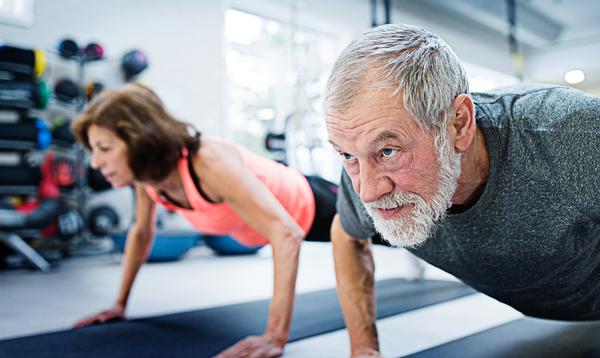
ADRENALIN BOOST
To establish how regular exercise reduces the risk of cancer and lessens the risk of its return, Dr Hojman at Copenhagen University Hospital, Denmark, carried out a study on two teams of mice injected with cancer-causing substances: an active group with running wheels, and an inactive group without running wheels.
Tumour growth in the running mice reduced by more than 50 per cent compared with the inactive mice. Tumours from the active mice were also found to contain more immune cells than those from the inactive mice. Specifically, double the number of cytotoxic T cells, which attack cancerous cells, and five times the number of natural killer (NK) cells, which attract immune cells to damaged areas.
The mice were then engineered to lack either NK cells or T cells. A lack of T cells had little impact, but without NK cells both active and inactive mice developed same-size tumours, indicating that NK cells were responsible for the beneficial effect.
To explain how exercise triggers an increase in NK cells, Dr Hojman tested the hormone commonly associated with exercise – adrenalin, also known as epinephrine. When injected into the inactive mice, tumour growth reduced by 61 per cent. However, the active mice given epinephrine showed an impressive reduction of 74 per cent.
After further testing, it was found that the molecule interleukin-6, which increases with exercise and assists immune cells, was the missing link. When the researchers injected the inactive mice with both epinephrine and interleukin-6, tumour growth was slowed to the same rate as those of the active mice.
Dr Hojman explains why these findings are so important. “We are now testing cancer patients, and our preliminary data suggest that the mechanism is the same in humans as it is in mice. Our results will help to precisely prescribe what type and amount of exercise should be performed to obtain this beneficial effect on tumour growth. We are still in the early phases, but currently we are recommending that all cancer patients perform high-intensity but short sessions of endurance training.”
*Pedersen L., et al. Voluntary running suppresses tumor growth through epinephrine- and IL-6-dependent NK cell mobilization and redistribution.
Cell Metabolism. Vol. 23, Issue 3
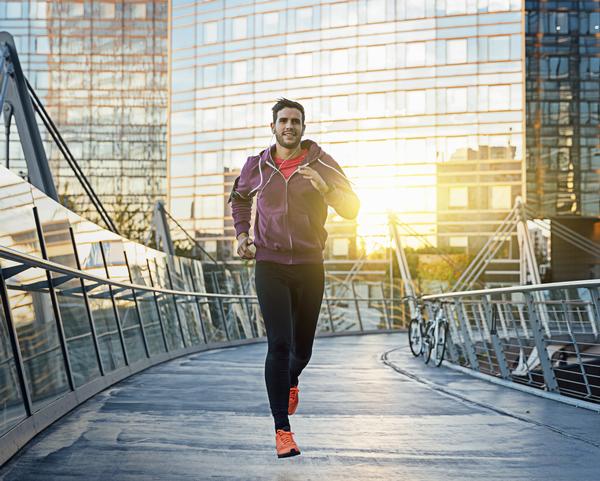
WEALTHY WEEKEND WARRIORS
A study led by Kerem Shuval of the American Cancer Society found that high-income earners are likelier to exhibit ‘weekend warrior’ behaviour – cramming recommended levels of activity into fewer days – than those with a lower income.
Accelerometers tracked and analysed the physical activity levels of 5,206 US adults over a week, classified according to self-reported annual household income:
On average, the highest earners completed 4.6 more daily minutes of moderate to vigorous intensity physical activity than the lowest earners. Likewise, they were 60 per cent more likely to meet WHO’s weekly physical activity guideline of at least 150 minutes of moderate or vigorous intensity physical activity over a two-day period and 90 per cent more likely to meet the guidelines over a week.
Interestingly, they also spent 9.3 fewer minutes of light intensity activity and 11.8 more minutes sedentary each day, compared with the lowest-income group.
Shuval told HCM: “The reason we chose income is that it’s a strong predictor of health behaviours and outcomes. Lower income individuals have a higher risk of obesity and other chronic conditions (e.g. diabetes) and are less physically active.
“If they increase their physical activity levels, their risk for chronic conditions will be significantly lower. Therefore, it’s important to find effective strategies to help lower income individuals to increase their physical activity levels. Higher income individuals are aware of their limited time and attempt to get the required exercise in less time. This can be attempted by lower income individuals too, as they are similarly pressed for time (e.g. having two jobs).”
*Shuval, K et al. Income, physical activity, sedentary behaviour and the ‘weekend warrior’ among U.S. adults. Preventive Medicine, Aug 2017
